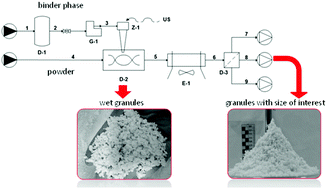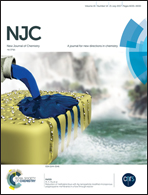Central composite design in HPMC granulation and correlations between product properties and process parameters
Abstract
Particulate solids have received great interest in many industrial fields for both marketing reasons and technological aspects. In this study granular systems were achieved by using a wet granulation process using hydroxypropyl methylcellulose (HPMC) and distilled water as the binder phase. Particulates with a defined size (450–2000 μm) and good flowability together with a high granulation process yield, to reduce manufacturing scrap, were produced. To this aim a bench scale low-shear rate granulator apparatus was used; three process parameters were varied (impeller rotation speed, binder volume at constant mass, and binder flow rate) and, for each parameter, three intensities have been used. HPMC granule production was planned using the Central Composite Design (CCD) statistical protocol, which allowed us to minimize the number of runs to be performed for obtaining information about the relationship between granule properties and process parameters. The produced granules were stabilized by using a dedicated dynamic drying apparatus, then separated by sieving and then characterized in terms of size and flowability properties. The results of the experimental campaign have been used to develop semi-empirical correlations between granulated product properties and process parameters. A second-order polynomial law has shown the best comparison between experimental data and model predicted values. These correlations can constitute a reliable tool to help us to know more on the effect of operative parameter changes in HMPC or similar particulate solid production.



 Please wait while we load your content...
Please wait while we load your content...